Node.js Lesson 3: Node Package Manager
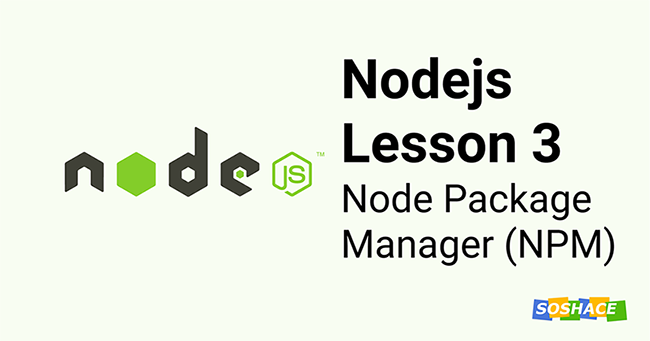
Hello everyone, we are going to learn about Node Package Manager (NPM) in this lesson.

Hello everyone, we are going to learn about Node Package Manager (NPM) in this lesson.
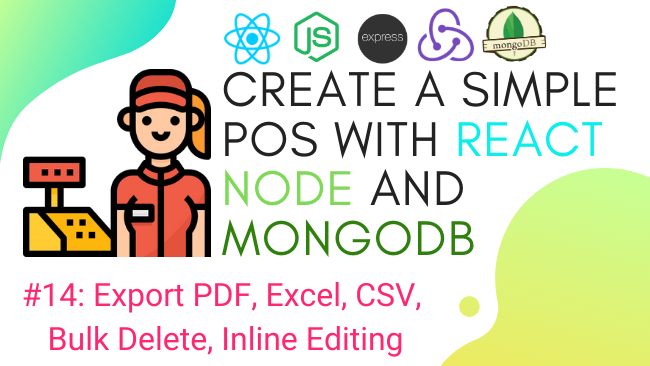
In this chapter, we are going to continue from where we left off from the previous chapter. We are about to add more features to our react table to make it feature-rich and dynamic. Here, we are going to add features like document export, bulk delete, and inline editing.
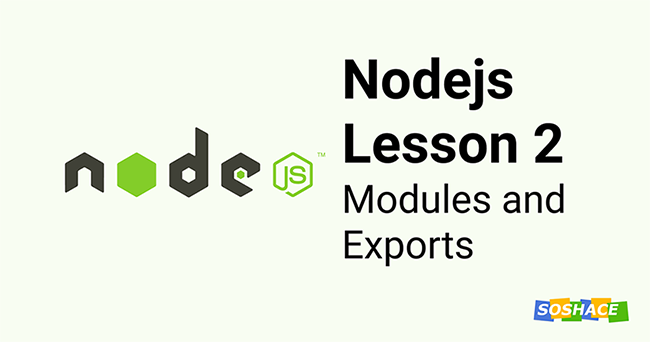
This lesson will dive deeper with the module, understand what properties it carries, and then talk about export in detail. Let’s start.
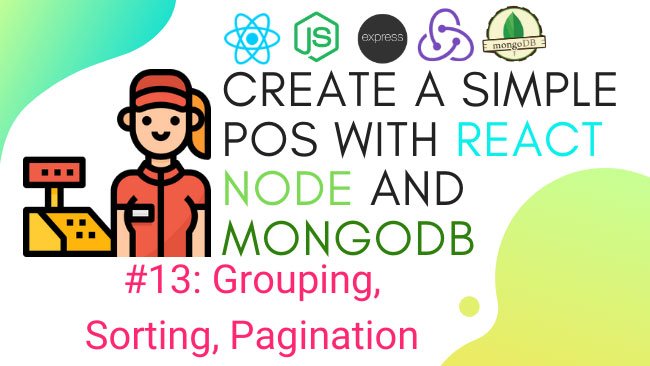
In this chapter we are going to integrate grouping and sorting features to our react table along with pagination.

Hello everyone, this is the first lesson of the Nodejs course and we are going to cover the basics of Nodejs. We will also understand Modules in Nodejs and create one ourselves. Let's start.
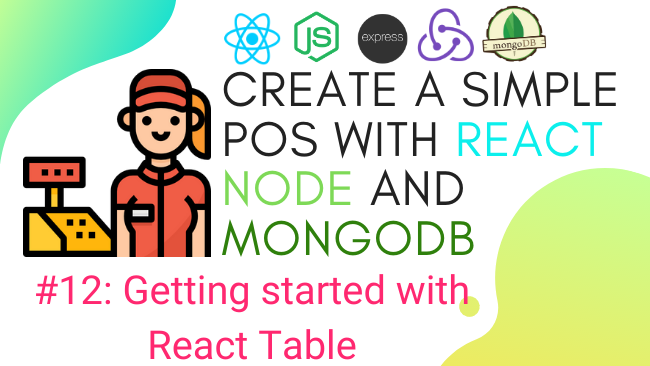
In this chapter, we are going to learn something new and tackle another challenge. We are going to upgrade the boring old general table feature to a rich full-fledged table with features like filtering, sorting, pagination, grouping, etc.
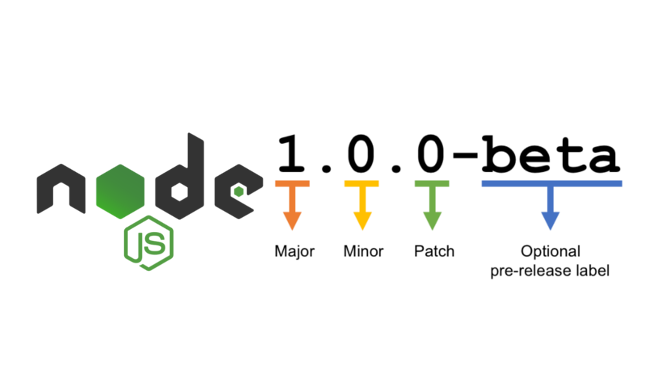
Every project with a significant amount of dependencies should implement semantic versioning in order to avoid preventable issues later on. This post gives a detailed overview of how to do so in Node
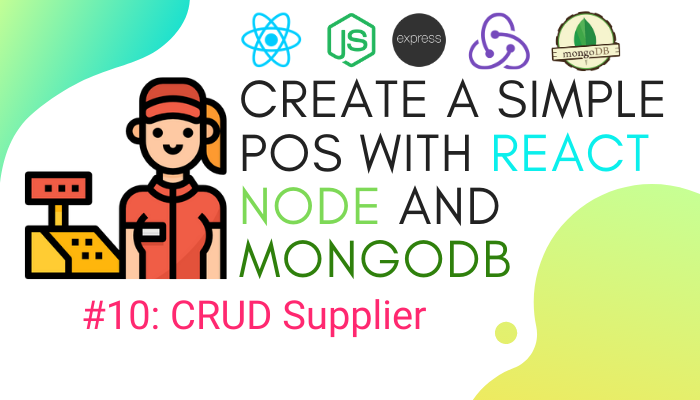
In this chapter, we are going to continue to implement CRUD operation for the Supplier information of a grocery store.
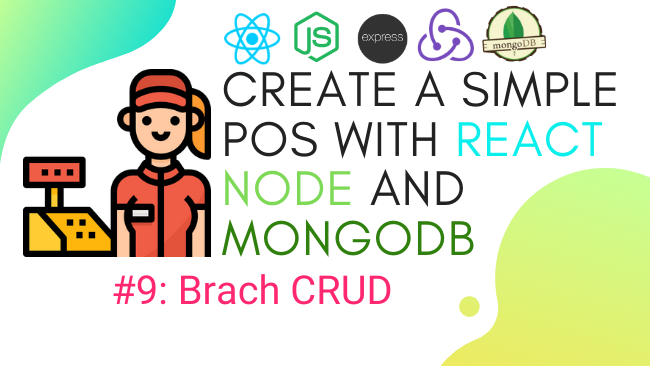
In this chapter, we are going to continue to implement CRUD operation for the general information of a grocery store. This is going to include the manipulation of the POS machine, Branch, Supplier, Employee, and customer data.

Brute forcing is the most common cybersecurity attack. To avoid facing downtime and potentially leaking user credentials, rate limiting should be implemented on every public-facing API.